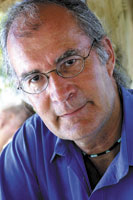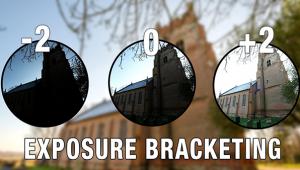Transitional Forks In The Road
Those who practice the craft
have come to a fork in the road, having to decide whether they will enter
into a new form of expression or find merit in and stick with the former
route. Well, as Yogi Berra once said, "When you see a fork in the
road, take it!" But even if the craftsperson plants a flag in the
new territory there will be those who feel that the old way is better.
That's where resistance comes in, and when a decision has to be
made. Two recent events prompt this discussion, both having to do with
new ways of making prints from photographic images. |
- Log in or register to post comments



































